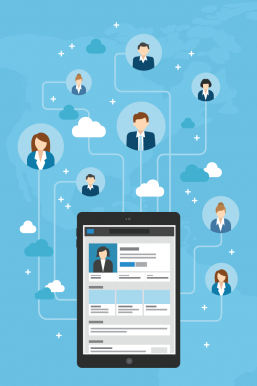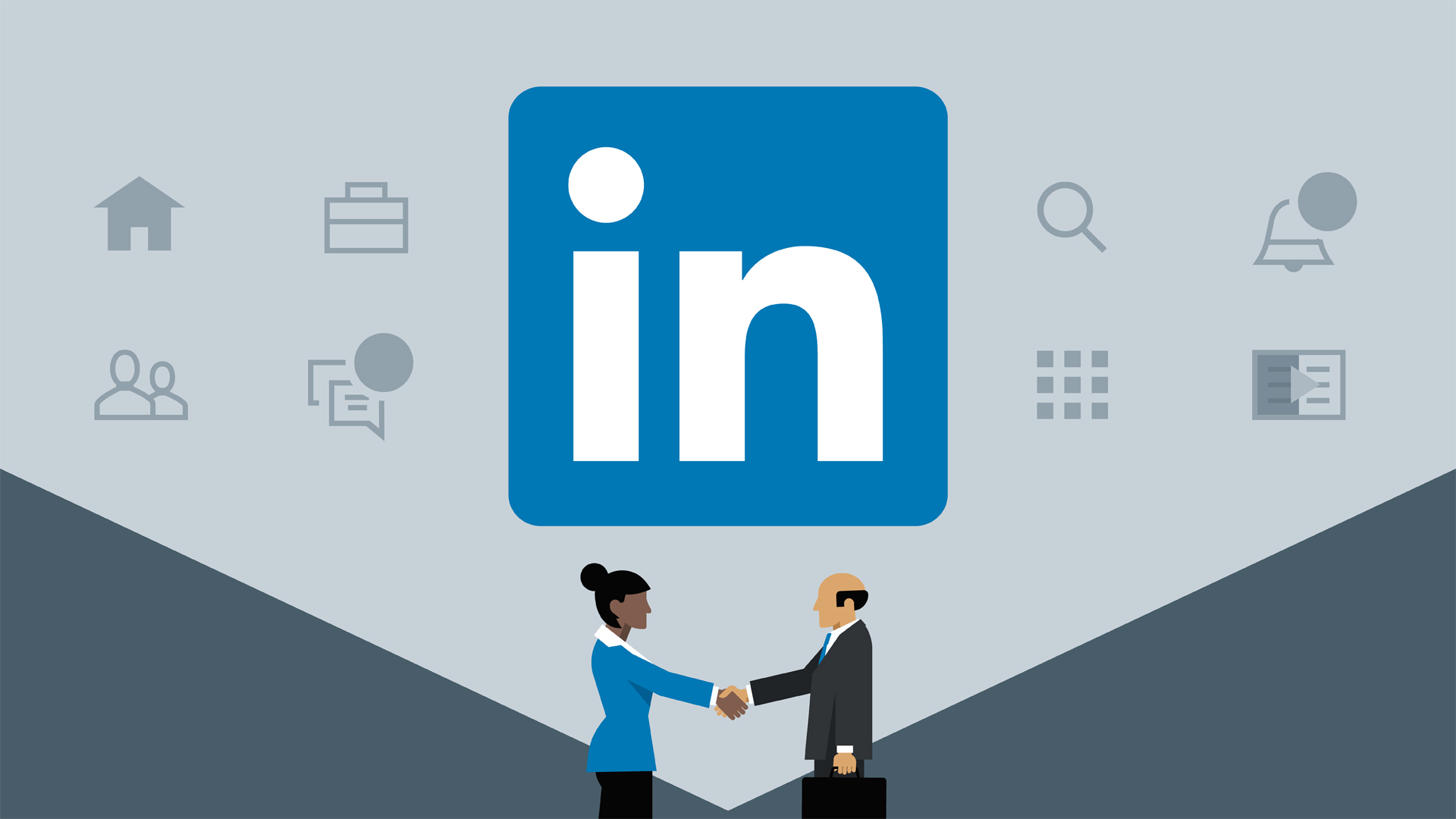By clicking submit, I consent to my personal data being collected, stored, and processed by Think Pacific in accordance with our Privacy Policy.
Introduction to Linkedin
Linkedin is an online platform that can help you build your professional career. You can use Linkedin to find the right job or internship, connect and strengthen professional relationships, as well as learning the skill set needed to succeed in your career.
A complete Linkedin profile can help you connect with opportunities by showcasing your unique professional story through experience, skills, and education.

Linkedin is a social network specifically designed for career and business professionals to connect. As of 2020, over 722 million professionals use Linkedin to expand their careers and businesses.
By building a network of connections with those you know and who know you, you will soon attract a larger network of ‘strategic’ relationships, purposefully for gaining resources, finding work or clients, and building alliances and partnerships.
Your profile is a professional landing page for you to manage your own, personal brand. It’s a great way for you to tell people who you are and what you do by broadcasting your professional experiences and achievements.
Some of the items you can include on your profile include the basics of your resume/CV, a summary of yourself, your contact information, previous employment, public achievements, and notable projects.
This video will guide you on the best items to include on your profile, helping you in attracting potential hirers

Your network plays a crucial part in unlocking the power of Linkedin. It will lead you to understand what is happening in your industry and professional circle.
Making the right connections is critical for your career success. You want your connections to be meaningful interactions that build relationships.
Top Tips:
- Use the search engine to find connections in the same or in a similar profession to you.
- Optimise your relationship engagement by customising your invitation to connect, adding a quick note to allow the person know who you are and your reason for connecting.
- Establish key words within your profile supporting your industry to attract profile visitors with the same interests, skills set or even profession.
- Post content to increase your visibility.
Tailoring your profile to your specific interests and qualifications relating to your career is essential in our next step for using Linkedin. The platform offers a list of job recommendations supporting your profile which can ease the process of further navigation.
However, if you are determined to find more promising work, you can further navigate job opportunities by researching companies and reaching out to the hiring community.
Furthermore, you can save job searches for future reference, while also notifying your connections and recruiters that you are open for job opportunities.
An important rule to guide you through your job search is following up. Follow up with the hiring manager or the recruiter for the position you applied for through Linkedin to let them know of your interest.
All practices for these guidances are found within this section of the video (6:39 – 12:50)

Participate in conversations on Linkedin to share your perspective on relevant issues and topics with others. You can do this by reacting to and commenting on posts and articles, as well as creating and joining Linkedin groups, to further connect and grow with members who share your interests, experiences, or aspirations.
These also go a long way in increasing your profile’s reach! Try dropping a comment in for even greater affect.


